
Kelly Safety Blog – Safety Insights for OSHA, MSHA & Jobsite Culture
Welcome to the Kelly Safety Blog: your source for OSHA/MSHA updates, thinking tools, hazard prevention strategies, and safety culture insights tailored for contractors and safety professionals.

Honoring Miners on National Miners Day: Why Safety Remains Non-Negotiable
Every year on December 6, we pause to honor one of the toughest and most vital workforces in America; our miners. National Miners Day is a tribute to the men and women who extract the resources that literally build our country: the rock beneath our highways, the minerals in our phones, the cement in our homes, the metals in our hospitals and schools.

The Hidden Danger of First-Day Workers: Why New Hire Orientation Matters More Than Anything Else
The First Day Isn’t Just Another Day
I’ve seen it more times than I can count: a new hire walks onto a jobsite, eager to prove themselves, and within hours, they’re in danger, sometimes without even realizing it. The first day on the job isn’t just about paperwork or signing up for benefits. It’s the moment when habits, understanding, and attitudes toward safety are set. A rushed or generic orientation can turn eager workers into accident statistics. That’s why at Kelly Safety, we treat new hire orientation as the cornerstone of every safety program.

Mine Site Communication Breakdown: Why Workers Miss Hazards They See Every Day
Mine sites move fast, conditions change, crews rotate, equipment shifts, and yet one issue consistently shows up across operations: communication failures. After years of walking sites throughout the Southeast, I’ve learned that most workers don’t ignore hazards; they simply don’t recognize them anymore.

The ROI of Safety Training: How Smart Contractors Turn Compliance into Profit
When most contractors hear “safety training,” they think of compliance, checklists, and regulations. But for those who look deeper, safety isn’t just about following rules, it’s about protecting your bottom line. The smartest contractors in today’s market understand that every dollar invested in training pays itself back in fewer incidents, lower insurance premiums, stronger client trust, and higher productivity.

Mental Health in Construction: The Hidden Side of Safety
When we talk about construction safety, most people think of hard hats, harnesses, and hazard signs. But there’s another kind of danger that doesn’t leave visible marks, the mental strain carried by workers across every job site.
According to the CDC, construction workers face one of the highest suicide rates of any occupation in the U.S., nearly four times the national average. That statistic alone makes mental health a safety issue we can’t afford to ignore.

Building a Safer Future: Why Every Contractor Needs a Safety Management Plan
In today’s contracting world, safety isn’t just compliance, it’s your company’s reputation. Every decision, every worker, every jobsite reflects how seriously you take protecting people. That’s why more contractors are turning to structured safety management programs to stay organized, compliant, and efficient.
At Kelly Safety, we believe safety management is more than a system, it’s a mindset. It’s about taking control of your safety program before accidents, citations, or downtime take control of you.

Keeping an MSHA Mind on OSHA Sites: Staying in Compliance Across Work Environments
When contractors move between mine sites and construction zones, one of the biggest challenges is adjusting to the different sets of safety regulations. The Mine Safety and Health Administration (MSHA) and the Occupational Safety and Health Administration (OSHA) share a common goal; protecting workers, but their rules, training, and enforcement standards differ in key ways.
For those who operate in both worlds, keeping an MSHA mindset on OSHA sites can mean the difference between staying compliant and facing costly violations.

Lockout/Tagout (LOTO) Training: Control the Energy, Save a Life
On any jobsite, the smallest mistake can change everything. A valve left open. A breaker not tagged. Someone assuming the system is off when it’s still live. These split-second oversights are what Lockout/Tagout (LOTO) training was built to prevent and why it remains one of the most cited OSHA standards in the U.S. year after year.
When a worker takes the time to apply a lock and verify isolation, they’re not slowing down production, they’re protecting lives.
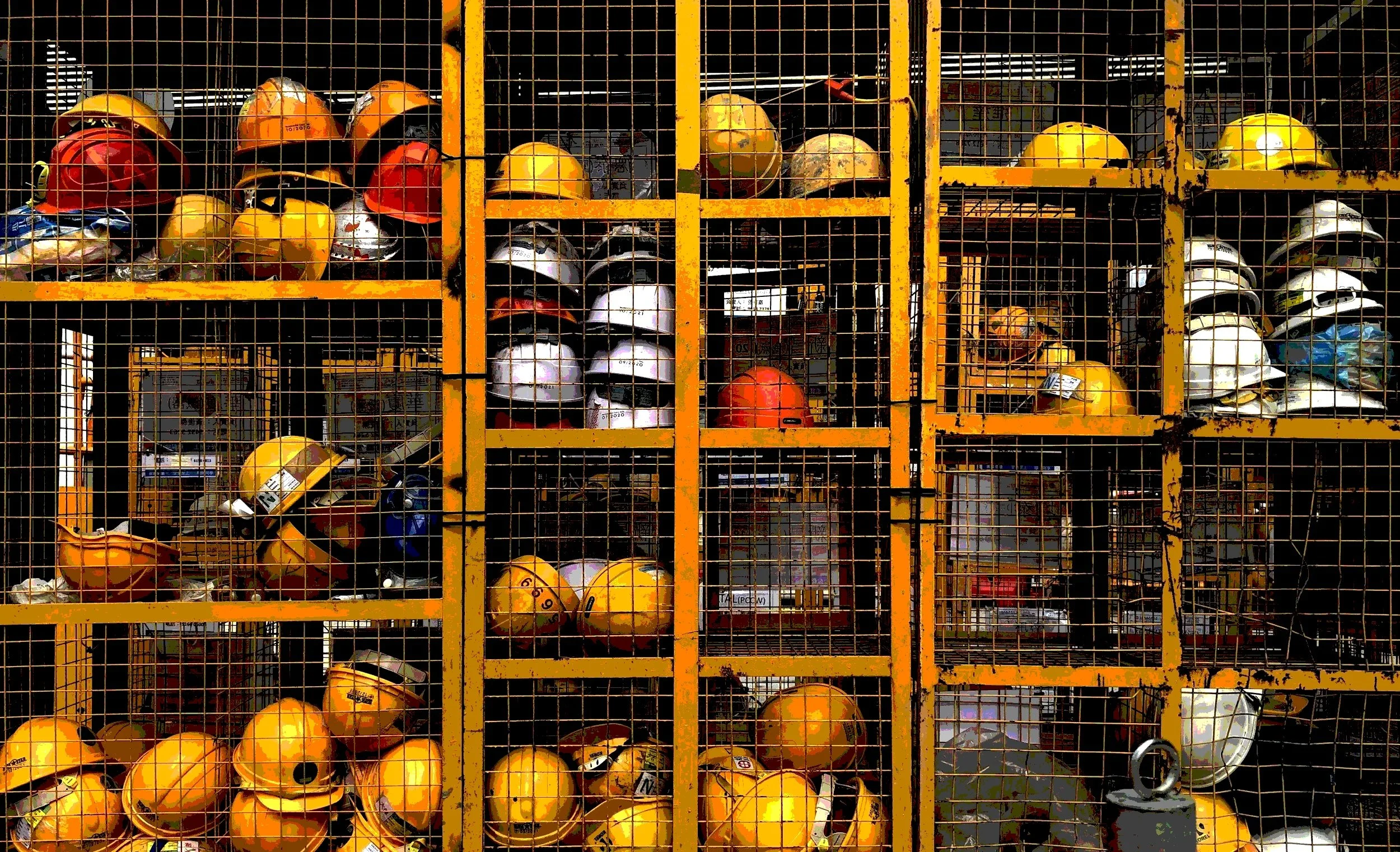
OSHA 30 Training: Building Leaders in Safety and Compliance
When it comes to workplace safety, the OSHA 30-hour training course isn’t just another certification, it’s a leadership tool. Designed for supervisors, foremen, and workers with safety responsibilities, OSHA 30 dives deeper than the entry-level OSHA 10, preparing participants to recognize hazards, implement controls, and promote a stronger safety culture across job sites.

From Hard Hats to Success: Why I Love My Career in Safety
Being a Safety Manager isn’t just a job, it’s relationship building, but more importantly it’s a calling. Every day, I get to make decisions that protect workers, prevent accidents, and create environments where people go home safe to their families. It’s not always easy, but it’s always worth it. In this post, I want to share why I love my career, what it takes to succeed as a Safety Manager, and how others can follow this path.

Strip Mining in the Southeast U.S.: Balancing Resources, Safety, and Community
Strip mining plays a critical role in the Southeast U.S., where vast deposits of coal, phosphate, and other minerals fuel industries and communities. From the Appalachian coalfields to Florida’s phosphate belt, strip mining provides resources essential to energy, agriculture, and construction.
While the method is efficient and cost-effective, it also carries significant responsibilities. Miner safety, environmental protection, and community well-being must be prioritized alongside productivity. Understanding how strip mining works and the safeguards in place, offers valuable insight into one of the Southeast’s most important industries.

Limestone Quarries: How Surface Mining Safety Protects Workers and Communities
Limestone quarries power much of the construction industry, providing the essential raw material for cement, roads, and building stone. But while limestone mining is critical for infrastructure, it is also one of the most high-risk operations in the mining sector. With heavy equipment, blasting, dust, and evolving environmental regulations, safety and compliance must remain a top priority.
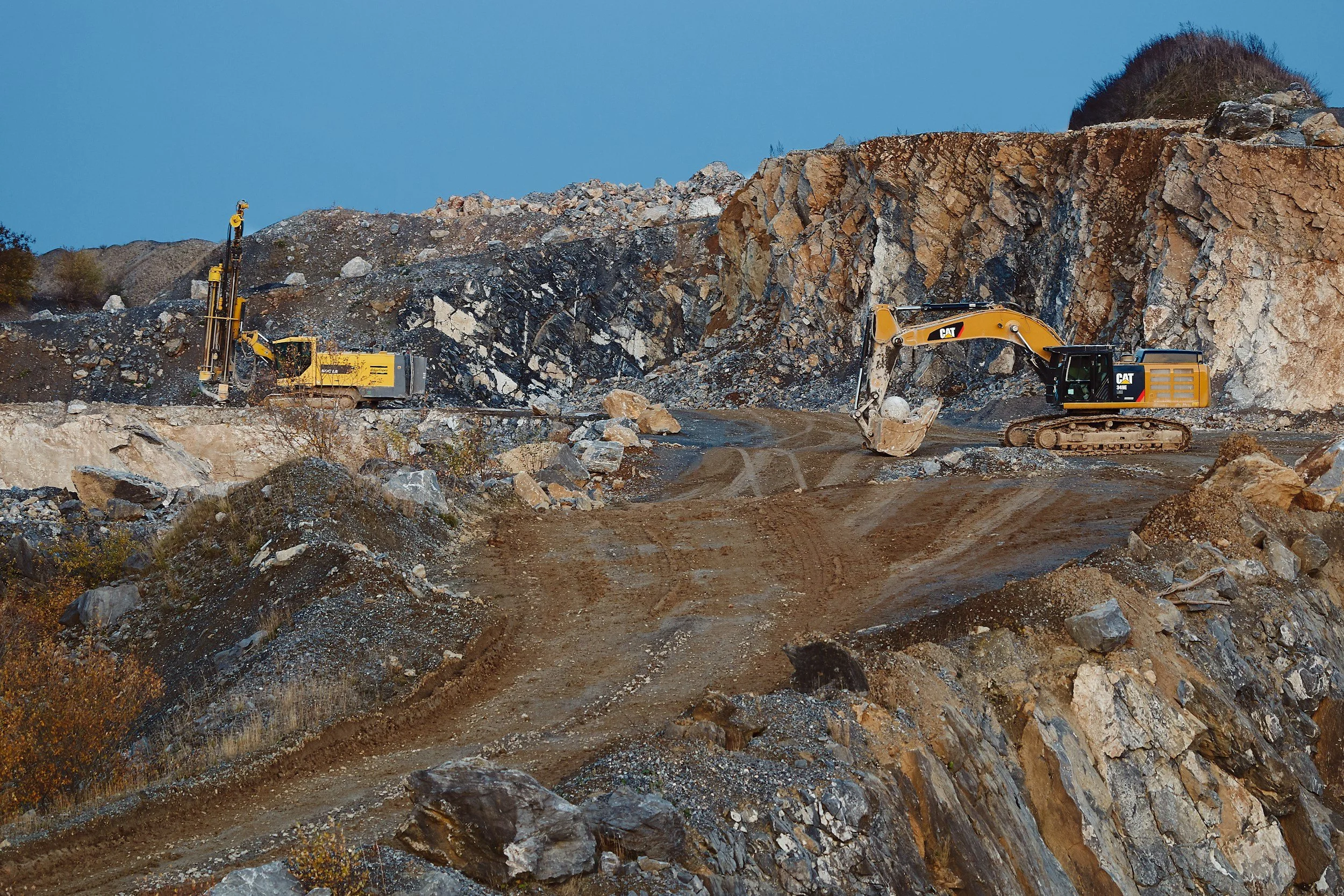
MSHA Refresher Training Explained: Compliance, Confidence, and Safer Jobsites
In the world of surface mining, safety isn’t just a checklist, it’s survival. Workers face daily exposure to heavy machinery, high-risk conditions, and evolving hazards. To keep crews protected, the Mine Safety and Health Administration (MSHA) requires all miners to complete annual refresher training. This training isn’t just about compliance, it’s about keeping people alive, preventing costly mistakes, and building safer mines.
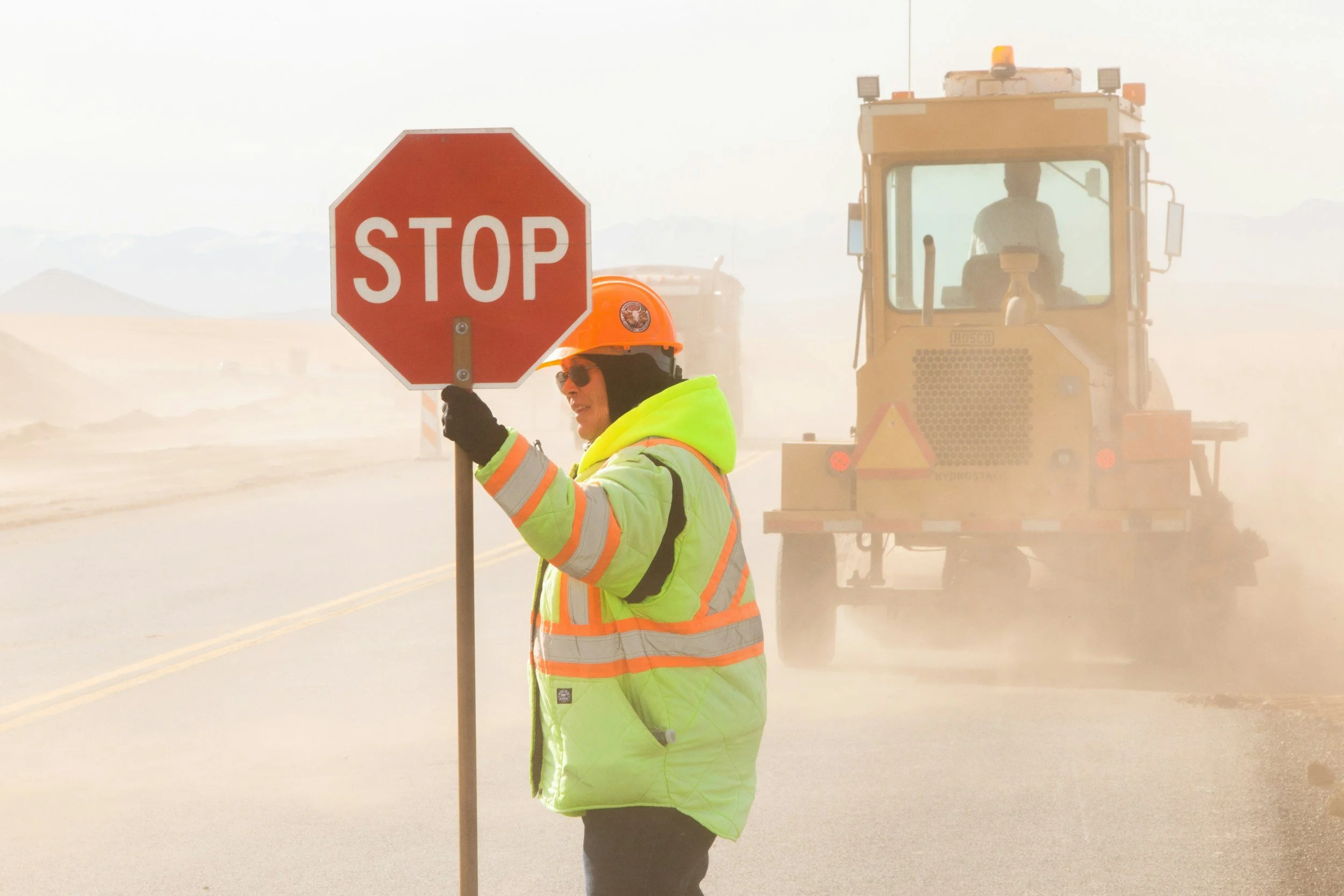
Construction Situational Awareness: Protecting Workers on Dynamic Jobsites
Construction sites are among the most unpredictable work environments. Conditions shift daily, new equipment arrives, and hazards can appear without warning. That’s why situational awareness, the ability to recognize, understand, and respond to what’s happening around you, is one of the most important safety skills a worker can have. Without it, even the best training or protective gear can fall short. Developing this awareness not only protects workers but also helps teams operate more efficiently and prevent costly mistakes.
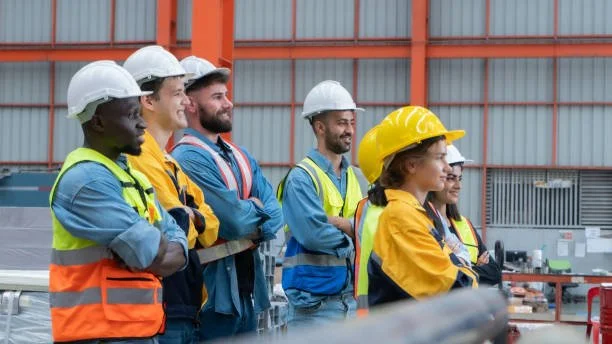
OSHA 10 Made Easy: How Online Training Saves Time & Builds Safer Jobsites
In construction, manufacturing, and other high-risk industries, safety isn’t just a regulation, it’s a responsibility. One of the most effective ways to protect workers and job sites is through the OSHA 10-Hour Training Program. Whether you’re a new hire entering the workforce or a contractor leading a crew, OSHA 10 is a foundation for understanding workplace hazards, workers’ rights, and employer responsibilities.
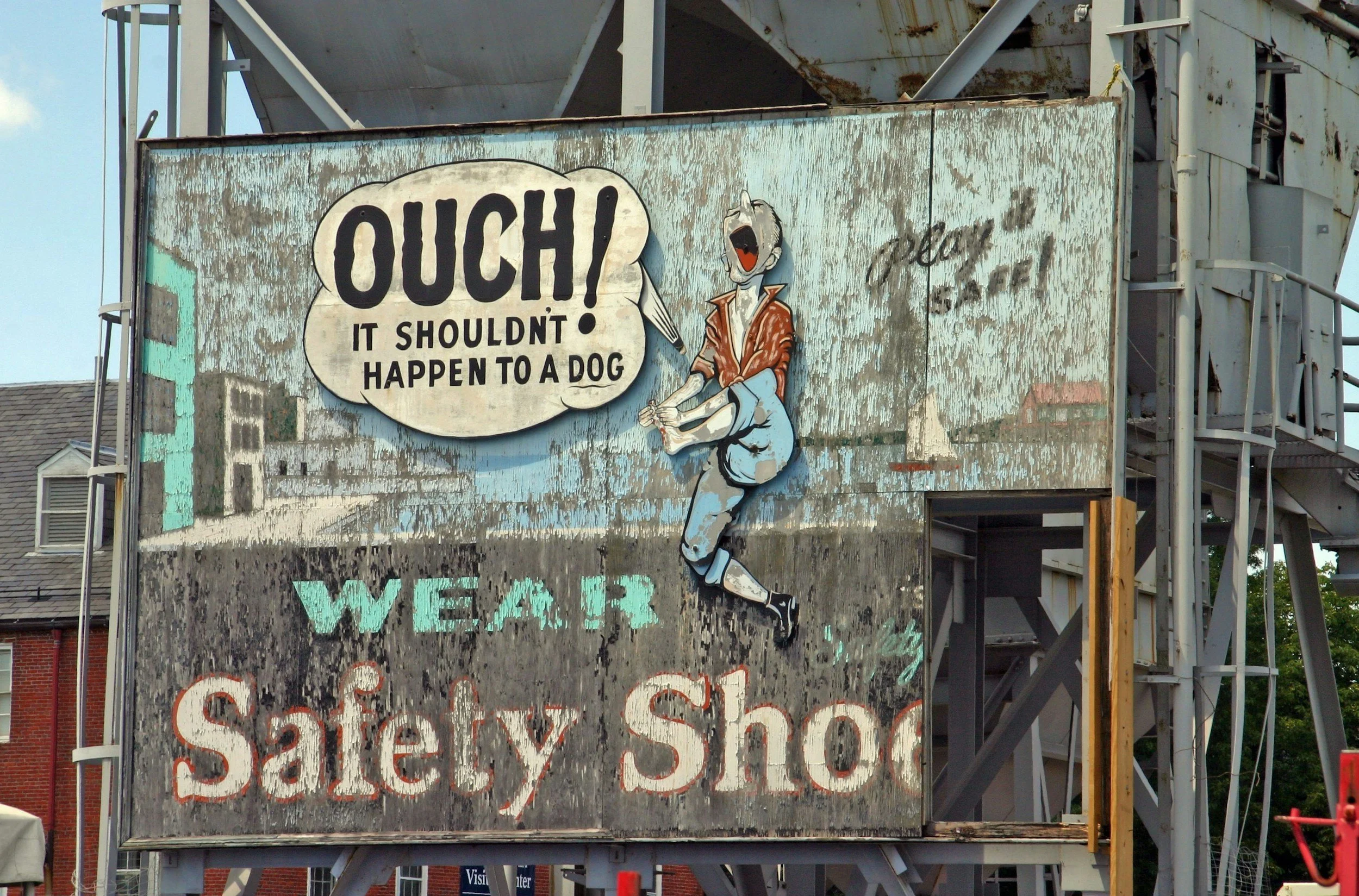
Push, Pull, or Walk Away: The Reality of Safety Culture on the Jobsite
Every company says “safety comes first.” But the reality is that not every worker or manager, sees safety the same way. Some people need to be pushed into compliance. Others can be pulled into a culture of safety through leadership and example. And then, there’s a third group, the people who simply don’t care. Building a strong safety culture means recognizing these groups, understanding their motivations, and leading in a way that moves everyone in the right direction.
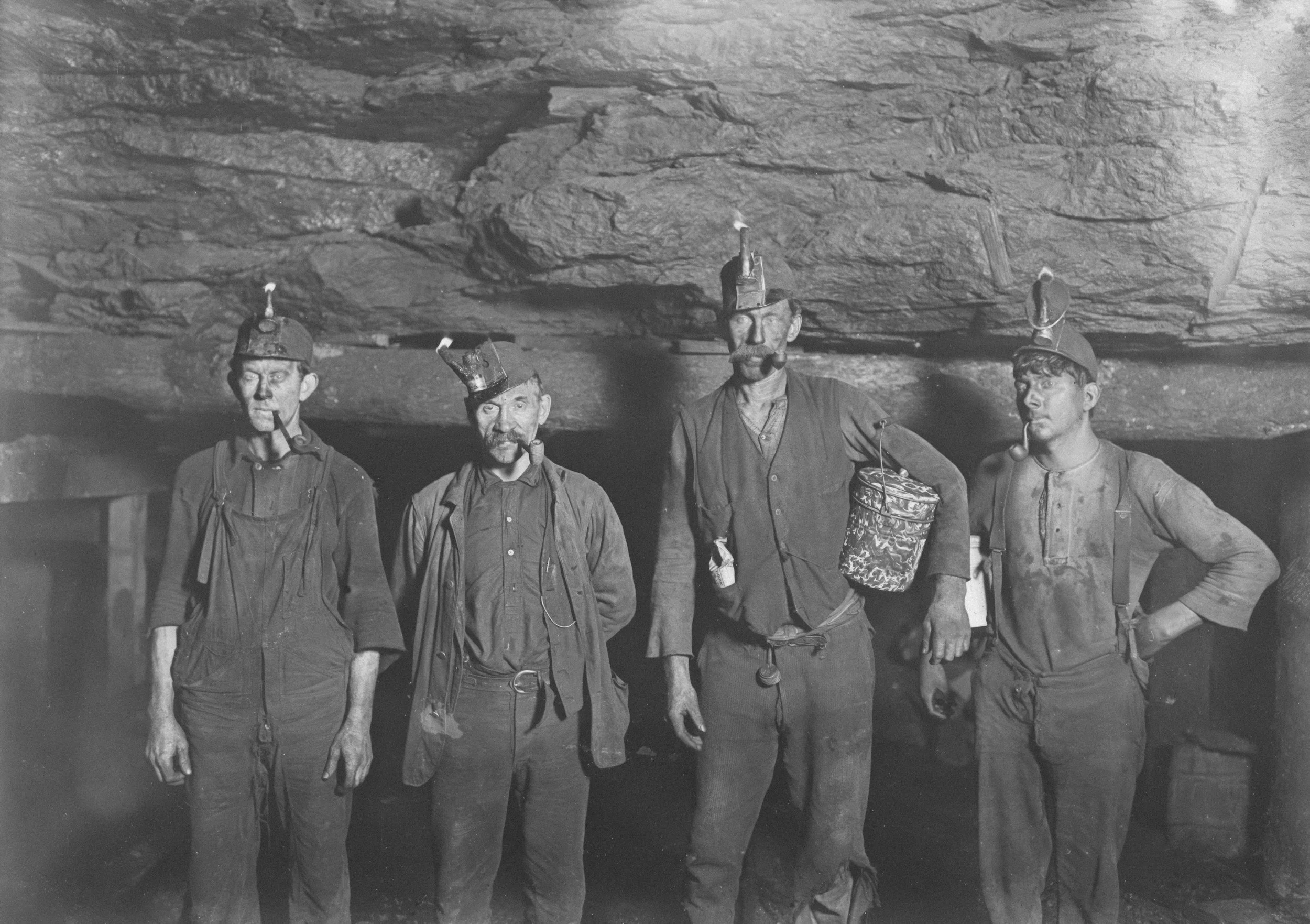
It’s More Than Paperwork: Why MSHA Annual Refresher Training Saves Lives
When it comes to surface mining, safety isn’t just a box to check, it’s the foundation of every shift. The Mine Safety and Health Administration (MSHA) requires annual refresher training for miners, but too often, it’s seen as routine “paperwork.” The reality? These sessions are critical lifelines, designed to keep crews up-to-date, prepared, and protected against the evolving risks of mining.
Whether you’re a contractor, supervisor, or operator, understanding why this training matters can mean the difference between safe operations and preventable tragedy.
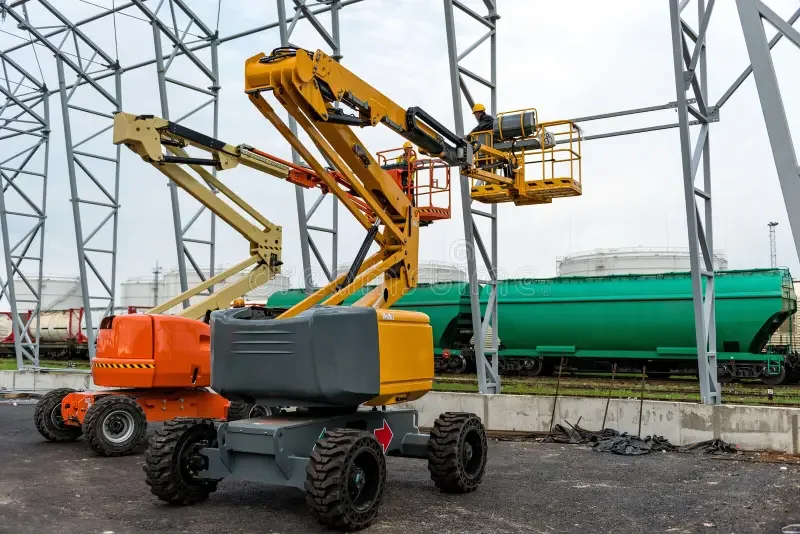
Mobile Equipment Safety: Protecting Workers and Preventing Accidents
Mobile equipment is a powerful force on construction and industrial sites. From forklifts and loaders to cranes and haul trucks, these machines move projects forward but they also bring serious safety risks when not managed properly. Every year, mobile equipment contributes to fatalities, struck-by incidents, and caught-between hazards that could have been prevented with stronger training and controls.
For contractors and workers, understanding mobile equipment safety isn’t optional, it’s a core part of protecting lives and keeping projects compliant with OSHA standards.

Mental Health Matters in Construction: Why Safe Minds Build Safer Jobsites
Construction workers face some of the highest suicide rates of any profession in the U.S., a silent crisis fueled by stress, long hours, and stigma around mental health. According to the CDC, male construction workers are nearly four times more likely to die by suicide than the national average (CDC Report, 2020). At Kelly Safety, we believe a safe jobsite isn’t just about harnesses and hard hats, it’s about protecting minds as well as bodies. Mental health is jobsite safety. Whether you're a contractor, crew leader, or apprentice, the first step is breaking the silence and building a culture where it's okay to speak up.
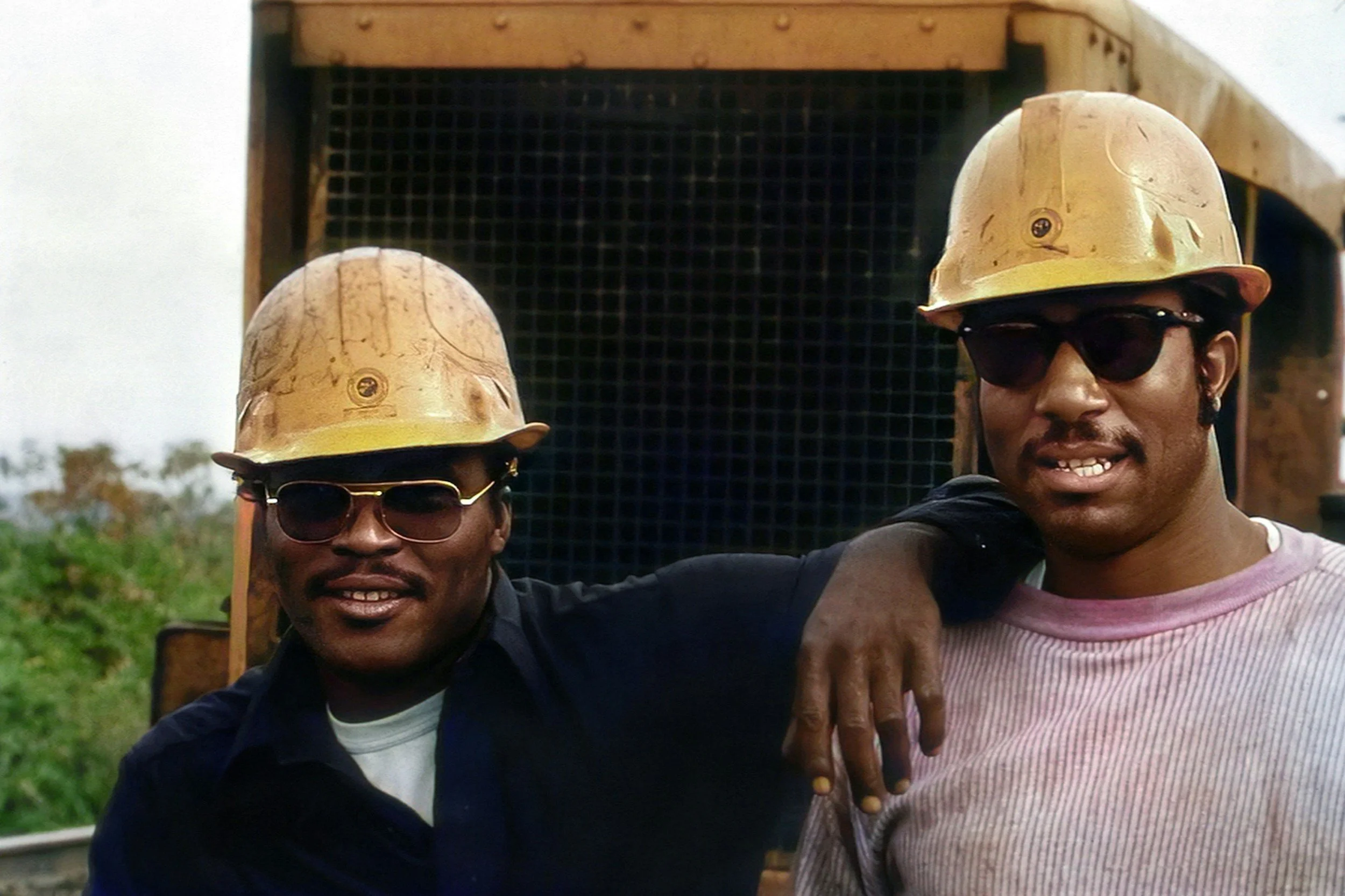
Hard Hat Safety: Why It’s Non-Negotiable on the Jobsite
When it comes to jobsite safety, hard hats are one of the simplest and most effective tools in a worker’s arsenal. Yet they’re often overlooked, misused, or outright forgotten. Whether you’re in construction, manufacturing, mining, or general industry, protecting your head isn’t optional, it’s essential. Let’s dive into why hard hats matter, how to wear and maintain them properly, and how modern technology is making head protection smarter than ever.

